#1930s films
Text

BELA LUGOSI, in his dressing-room while filming DRACULA.
(Wait, he has a reflection!! lol)
Photograph uncredited.
#lugosi#bela lugosi#horror#dracula#count dracula#universal films#universal monsters#universal movies#30s films#30s movies#1930s films#1930s movies#classic horror#horror films#30s horror#1930s horror#horror movies#old horror movies
156 notes
·
View notes
Photo
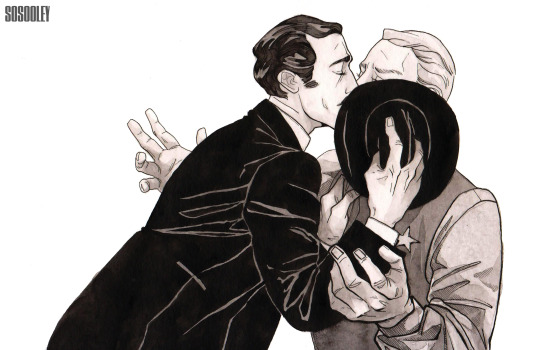
Surprise attack
face-on-face attack. can this be called a declaration of love?
your new best friend is acting gay AND YOU TOO
#docatt#doc holliday#wyatt earp#frontier marshal#tombstone#cesar romero#randolph scott#old west#western#doc holliday x wyatt earp#doc x wyatt#wild west#1930s#1930s films#my art#my tombstone art
71 notes
·
View notes
Photo
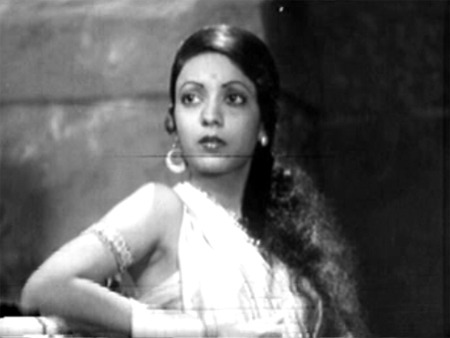
Leela Chitnis in Wahan (1937)
------------------------------------------------------------------------
#leela chitnis#wahan#wahan 1937#indian cinema#hindi cinema#cinema#bollywood#old bollywood#films#movies#classic cinema#world cinema#1937#1930s#classic bollywood#hindi movies#Hindi films#Indian movies#indian films#bollywood movies#screencaps#cinematography#film scenes#movie scenes#1930s movies#1930s cinema#1930s films#Indian Actress
9 notes
·
View notes
Text
Creating Your Own History: Archival Themes in "The Watermelon Woman" [Part 1]
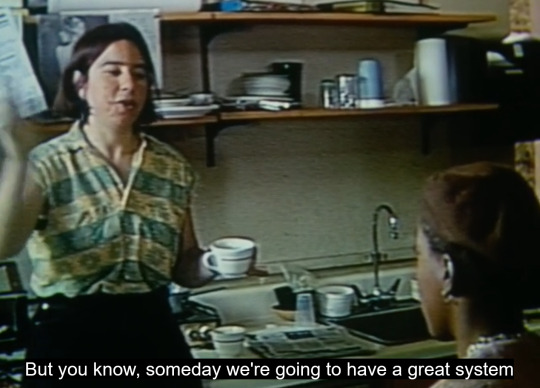
An archivist speaks to the film’s protagonist about having a “great system” to organize archival records within the community archive.
The Core Values Statement of the Society of American Archivists says that archivists should expand access, respect diversity found in humanity, and advocate for archival collections that reflect humanity’s complexity. [1] The reality is often different from that ideal in a field that is overwhelmingly White, as a recent article about Black archives pointed out. [2] This is evident in Cheryl Dunye’s 1996 romantic comedy-drama film, The Watermelon Woman, which the Library of Congress added to the National Film Registry in December 2021 for being “culturally, historically, or aesthetically significant.” [3] The film follows the story of one Black woman’s determined effort to create her own history and connect with the past. Although this eighty-six-minute mockumentary is over twenty-six years old, its themes of archival limits, power, silences, erasure, and fabrication continue to resonate today.
Reprinted from The American Archivist Reviews Portal. Thanks to Rose and Stephanie for their editing of this article! It was also posted on my Wading Through the Cultural Stacks WordPress blog on Jul. 5, 2022. This review contains some spoilers for the film The Watermelon Woman.
In the film, Cheryl Dunye plays a videographer (also named Cheryl Dunye) who works at a video rental store in Philadelphia with her friend Tamara (played by Valarie Walker). Cheryl watches a videocassette of an old 1930s film, Plantation Memories, and becomes interested in the character Elsie, a stereotypical ‘mammy’ character credited as “The Watermelon Woman.” She then strives to learn more about the actress who played Elsie. One of the first places Cheryl looks is in the basement of her mother’s house. Cheryl tells the audience that her mother, played by Irene Dunye, who is Cheryl’s mother in real life, throws nothing away. She says that Irene’s filing system needs updating. Her mother tells her about the films she watched growing up in the 1930s and notes that she saw “Elsie” singing in some clubs.
Cheryl continues her dogged search by talking to a person with a collection of old Black films and then traveling to the local public library, likely the Free Library of Philadelphia. After perusing the stacks, she checks out as many books as she can and talks to the reference librarian, a White man who is played by David Rakoff. Wanting information about the Watermelon Woman, she encounters her first archival limit, which scholars Sue McKemmish, Michael Piggott, Barbara Reed, Frank Upward, Jocelyn Fenton Stitt, and Sarah Tyson define as barriers created when documents pass into the hands of archival institutions from those who created them, inhibiting attempts to use records to tell family stories and circumscribing efforts to reclaim records about enslaved people. [4]
The librarian dismissively tells Cheryl to check the “Black,” “film,” and “women” sections of reference books for information about the Watermelon Woman. With much prodding, he eventually searches his computer and identifies Martha Page as the film’s director, telling Cheryl that information about Page is on a reserve desk on another floor. Although reserve desks serve students and faculty with materials typically meant for university courses, Cheryl is given an exception and is able to access the relevant information for her research. Yet, she is still unsuccessful because the materials she looks at don’t have exactly what she is looking for.
© 2022 Burkely Hermann. All rights reserved.
Notes
[1] “SAA Core Values Statement and Code of Ethics,” Society of American Archivists, accessed February 20, 2022, https://www2.archivists.org/statements/saa-core-values-statement-and-code-of-ethics.
[2] Harmeet Kaur, “How Black Archives Are Highlighting Overlooked Parts of History and Culture,” CNN, February 19, 2022, https://www.cnn.com/2022/02/19/us/black-archivists-history-culture-cec/index.html.
[3] Nancy Tartaglione, “National Film Registry Adds ‘Return Of The Jedi’, ‘Fellowship Of The Ring’, ‘Strangers On A Train’, ’Sounder’, ‘WALL-E’ & More,” Deadline Hollywood, December 21, 2021, https://deadline.com/2021/12/national-film-registry-2021-list-star-wars-return-of-the-jedi-fellowship-of-the-ring-sounder-nightmare-on-elm-street-wall-e-1234890666/. The film is available for rent on platforms such as Vimeo, Hulu, Apple TV, Prime Video, and BFI. I watched it, using my library card, on Kanopy. It can be watched free of charge on the Internet Archive.
[4] Sue McKemmish, Michael Piggott, Barbara Reed, and Frank Upward, Archives: Recordkeeping in Society (Amsterdam, Netherlands: Elsevier, 2005), 205; Jocelyn Fenton Stitt, Dreams of Archives Unfolded: Absence and Caribbean Life Writing (New York: Rutgers University Press, 2021), 42; Sarah Tyson, Where Are the Women?: Why Expanding the Archive Makes Philosophy Better (New York, Columbia University Press, 2018), 148.
#the watermelon woman#archivists#archival science#archival studies#archival#archiving#archives#1990s#1990s films#indie films#national film registry#library of congress#mockumentary#cheryl dunye#black lesbians#lesbians#lgbtq#1930s films#racial stereotyping#archival limits
59 notes
·
View notes
Text
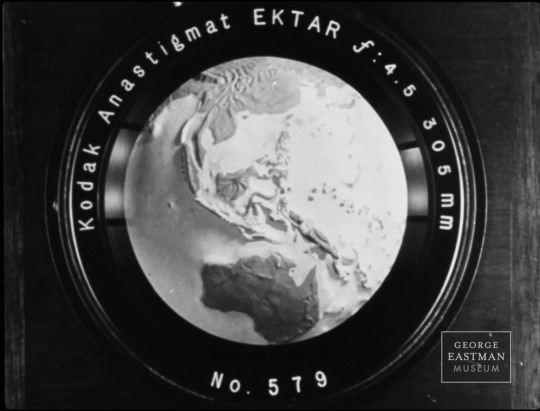

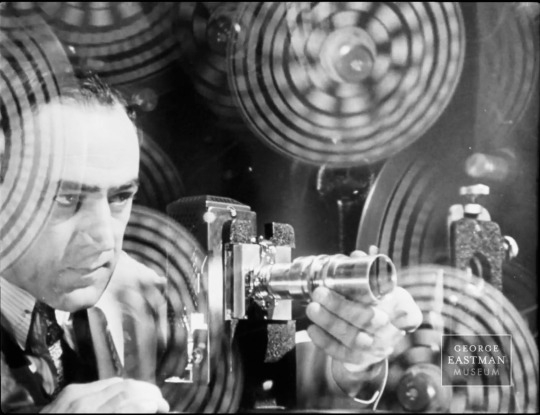





Highlights and Shadows (1938)
#highlights and shadows 1938#James Sibley Watson#documentary film#1930s films#my screencaps#beautiful cinematography supplementing a documentary all about one of my current passions (early filmmaking). fantastic
17 notes
·
View notes
Photo

Sidewalks of New York (1930)
#buster keaton#anita page#cliff edwards#1930#1930s#1930s comedy#1930s films#old hollywood#vintage hollywood#black and white movies#black and white films#pre code#pre code hollywood#1920s#silent films#slapstick#damfinos#fav
19 notes
·
View notes
Text
I have already posted this image before but I didn't know the name of the actress until I saw her posted on Facebook by The Merry Old Land of Oz page.

Helen Seamon as the woman with cat from "The Wizard Of Oz".
#helen seamon#the wizard of oz#1930s films#siamese cat#cats#felines#cat#feline#the emerald city of oz
5 notes
·
View notes
Text
Peter Lorre in Secret Agent (1936)
Here are press cards:



Now if you were expecting to see Peter looking just like his press cards when you got to the cinema, well - !
Let's see some of the transition to The Hairless Mexican/The General:


A little more now:
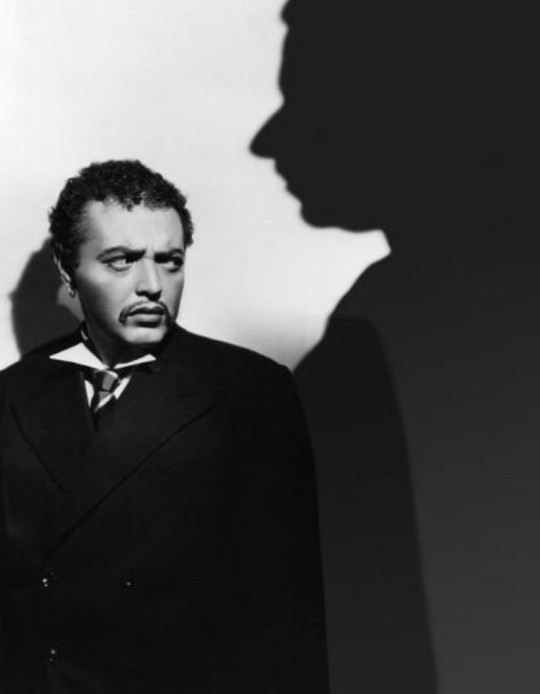
And then to this:

For all of these, including the more "normal" press card look, what that man could do with his eyes, the curl of his lip, the angle of his head, the movement of his forehead...guh.
He carries his own light and shade.
16 notes
·
View notes
Text
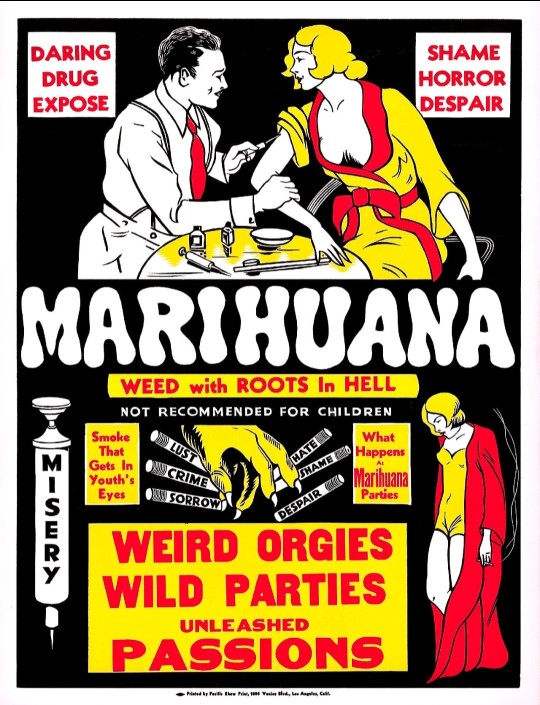
Actual poster for the 1936 film MARIHUANA
1 note
·
View note
Text
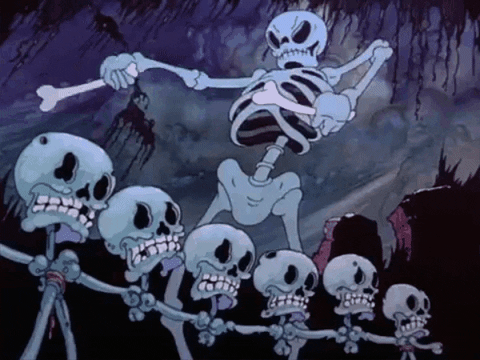
#skeleton frolic#skeleton#halloween#vintage#disney#vintage disney#disney gif#animation#cartoons#film#movie#cartoon#1937#1930s#gif#Skeleton Frolic#30s#30's#Skeleton Frolic (1937)#Color Rhapsodies short#skulls#skeletons#memento mori#animated#short film#my gif#gifs#my edit#halloween aesthetic
3K notes
·
View notes
Text
Note: this list references the 1961 version of West Side Story and the 1954 version of A Star Is Born.
#american film institute#afi#musical film#movie musical#old hollywood#old films#old movies#vintage movies#technicolor#classic film#classic cinema#singin in the rain#west side story#west side story 1961#the wizard of oz#the sound of music#cabaret#mary poppins#cabaret 1972#my fair lady#an american in paris#meet me in st. louis#1930s movies#1940s movies#1950s movies#1960s movies#1970s movies#movie polls#a star is born#a star is born 1954
939 notes
·
View notes
Text

Currently watching:
THE CLAIRVOYANT (1935)
A terrific British thriller / mystery movie with Claude Rains and Fay Wray -- two favourites of mine.
#claude rains#fay wray#1930s movies#1930s films#30s movies#30s films#black and white movies#classic movies#thriller#thrillers#mystery#mysteries#mind reading#clairvoyant#clairvoyance psychics#mind readers#now watching
22 notes
·
View notes
Photo

Burden of love
doc pretends he doesn't like it
he's lying southern proud not-little shit
#docatt#doc holliday#wyatt earp#frontier marshal#cesar romero#randolph scott#old west#western#doc x wyatt#doc holliday x wyatt earp#wild west#1930s#1930s films#my art#my tombstone art
44 notes
·
View notes
Text
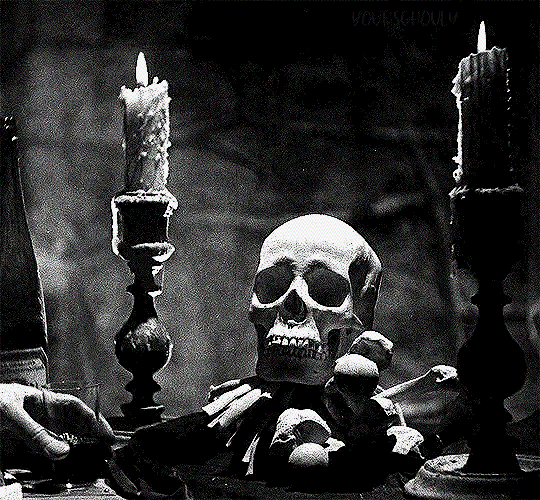
x
#source: yoursghouly#bride of frankenstein#1930s#classic horror#skull#gothic#candles#black and white#horror movies#gif#black and white films#skull gif#horror films#Frankenstein#horror#Halloween#the bride of frankenstein#scary#film#scary movies#gifs#movie#black and white gif#my shitposts#classic film
3K notes
·
View notes
Text


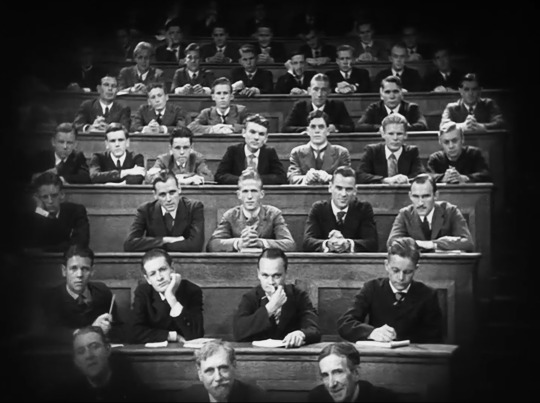

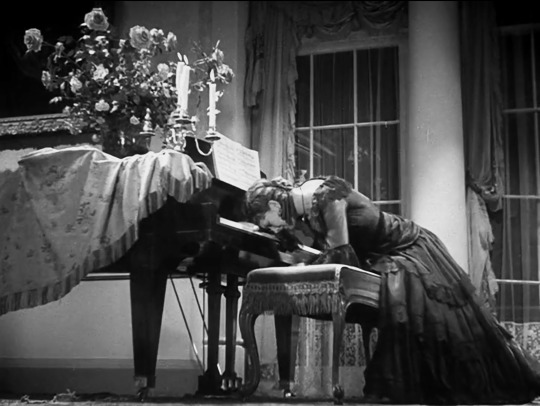
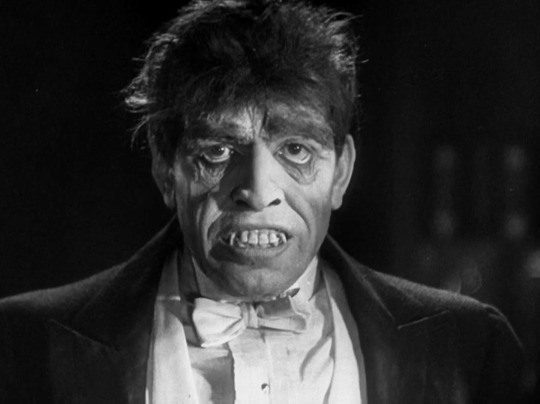
Dr. Jekyll and Mr. Hyde (1931)
#dr jekyll and mr hyde#dr jekyll and mr hyde 1931#fredric march#1930s films#better designed and shot than the 20s one#March makes another cute Jekyll & his transformation into Hyde is well done#though Barrymore was better at acting unsettling#my screencaps
30 notes
·
View notes
Text


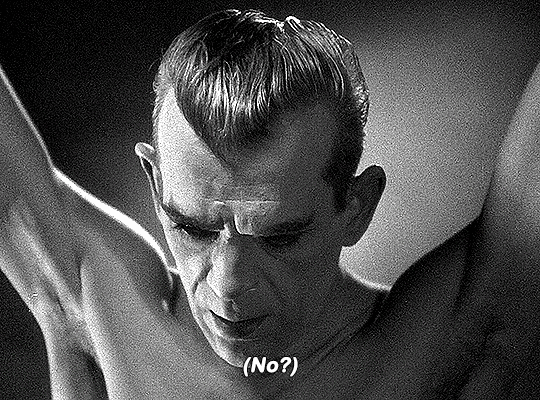
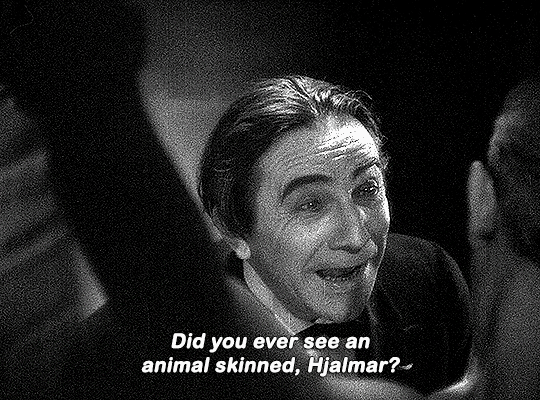
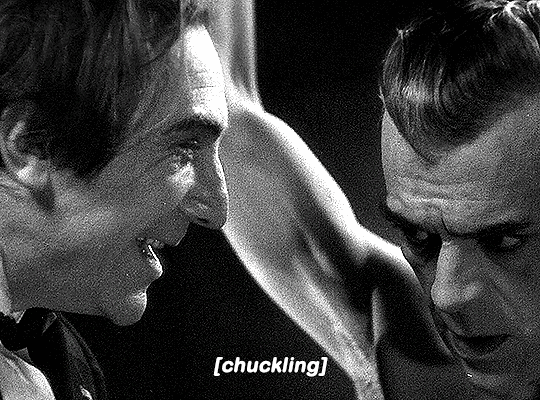




Béla Lugosi and Boris Karloff
The Black Cat (1934) dir. Edgar G. Ulmer
#The Black Cat#Edgar G. Ulmer#Béla Lugosi#Boris Karloff#Bela Lugosi#1930s#film#ours#by michi#filmedit#horroredit#userbrittany#userteri#usertennant#userscary#usergiles
2K notes
·
View notes